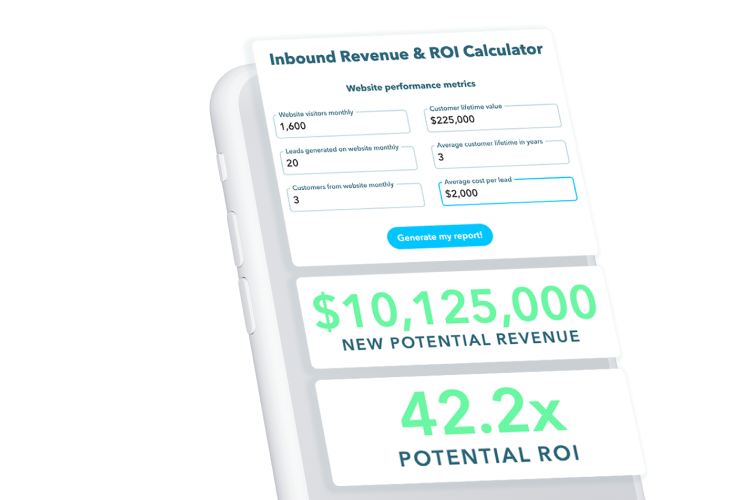 1,081 views
1,081 views 2119 Views
2119 Views  3 min read
3 min readEvery B2B technology salesperson wants to accelerate software sales. In the past, and still in some cases today, improving sales meant spending a lot of time and money on ads and trying to connect with as many people as possible, whether they were good leads or not. Today’s buyer is much more savvy, though, and decision makers in businesses, hospitals, and clean energy are not different. According to a report by the Earnest Agency, 81% of consumers start their buying process by looking for information online. For that reason, the best way to get their attention is to give helpful and informative content they are looking for, when they are looking for it. This strategy is called Inbound. Here are six Inbound strategies to accelerate software sales:
The first step to boosting your sales is to know who you are selling to. A buyer persona is an imaginary personality that mirrors your ideal customer. Do some research to find out their role in their company, their objectives, and their struggles. When you have built your buyer personas, it will be easier to target them and accelerate software sales.
After you have identified your buyer personas, create content that resolves your ideal buyer’s objectives. It is also important that your content speaks to people in all phases (Awareness, Consideration, and Decision) of the Buyer’s Journey. You can find out more about their needs in each phase by conducting studies, calling your existing clients, or reviewing market journals and publications. In addition to the research, sign up for relevant online forums and discover trending conversations. Take the most discussed topics and use them for content for each phase. The content can be anything from social media posts, to whitepapers, ebooks, or reports. Producing content that targets your market will help establish you as an authority in the B2B technology space and build trust among your leads.
Your B2B technology firm website will often be your first point of contact with leads. Make sure that site visitors get a solid and enjoyable first impression and user experience. Since potential customers will see your site from a variety of devices, make sure the layout is responsive. Use fonts and colors that make the message stand out. The navigation on your website should be straightforward for people to find different pages easily. Make sure the site has a quick-loading rate. An expertly-made site will keep visitors returning and boost your chances of making more sales.
It doesn’t do you any good to have a great website if no one knows it exists. Search engine optimization (SEO) is one of the best ways to make your site more noticeable online. The first step is to do some research for relevant keyword phrases you want to rank for in online search. Make sure these words and phrases are included in your meta summaries, blogs, page URLs, headlines, and alt photo messages. Internal linking (linking to other pages on your site) is also good for SEO. Using these methods will help improve your search engine position, therefore leading to more site visitors and more lead conversions.
Use social media to watch conversations about the B2B technology industry, your competition, and your brand name. Leveraging social media will help give you an idea of topics to cover in your blog. You can also engage your target market on social media and position yourself as an authority in the industry. Social media is great for driving traffic to your site. Share entertaining photos and stories about your brand and leave links to your website. When you post new content on your site, share it on all your social media channels. When your posts are liked, shared, or commented on, make sure you take notice. Some channels even let you include a “buy now” button which enables customers to purchase without going to your site. Sprout Social found that 70% of customers look at social media before making a purchase.
From time to time, you should go back and evaluate your strategies. This will give you an idea of what is working and what is not. For example, find out where your site visitors are coming from. Who is coming from social media? Email? You can also track conversions. How many site visitors turn into leads, and then customers? Fortunately, there are many tools like Hubspot CRM that will help you monitor this progress.
Do you feel ready to start your own Inbound sales journey and accelerate software sales? It takes some research, planning, and experimenting in the beginning, but as soon as you fine-tune your sales process based on your customer’s buyer’s journey, and give them the right content at the right time, you will be happy you did. We’ve helped many skilled salespeople integrate Inbound into their sales process. Don’t hesitate to book your free strategy session to help better examine your current methods and find new ways to increase your sales!
